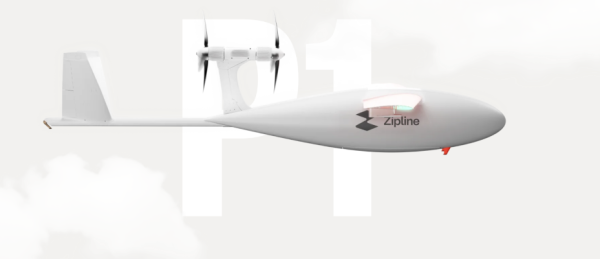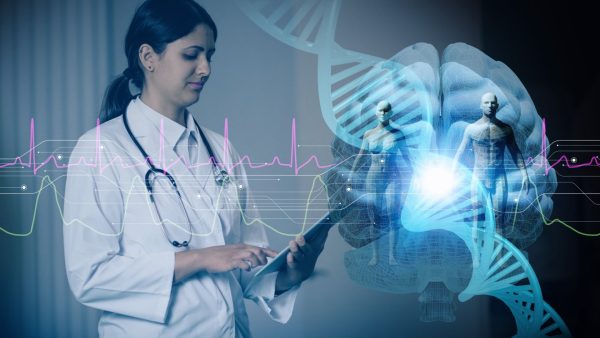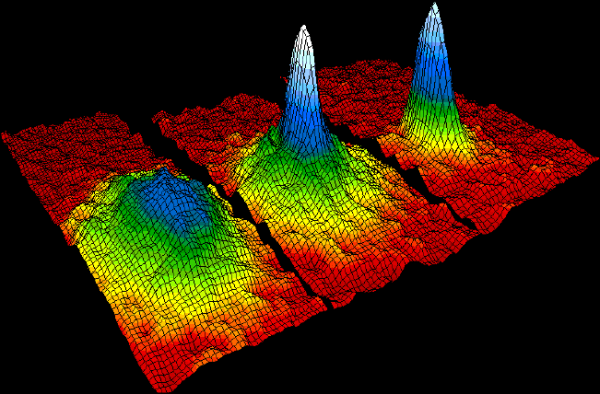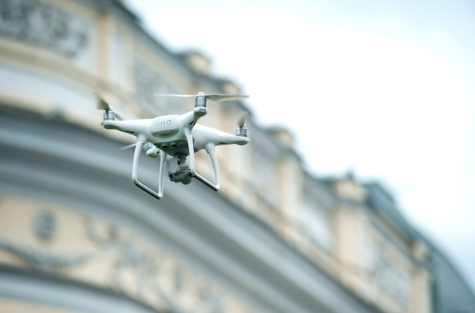Something’s Fishy: Harriton’s Tilapia Farm
“A combination of fish and plant production using aquaculture and hydroponics systems, aquaponics is moving from the realm of experimental to commercial” – United States Department of Agriculture
The Project Origin
Harriton High School has established a reputation as a pioneer in the field of sustainability.
From the eco-friendly campus design that reduces water consumption and saves energy to the vegetable gardens that have become a staple in the environmental curriculum, Harriton’s vested interest in “going green” has earned the school nationwide recognition as a Gold LEED recipient and a US Department of Education Green Ribbon School, among many other accolades.
Harriton’s latest initiative in 2016 is an aquaponics tank used to grow tilapia. This tank is approximately 10 feet tall and 8 feet wide and is located in the JSL. The idea was first originated by the Special Education department, which was looking for careers that would suit students with special needs. Aquaponics is an individualized, relatively peaceful job, making it an ideal fit for many kids in the program. In order to provide career-specific training to these students, the department decided to construct a tilapia aquaponics system.
The project is spearheaded by Mark Ferraro, environmental sciences teacher, and Jeff Rhodes, special education teacher. The two dedicated countless hours of construction and commitment to the project with no prior experience and a variety of plans that they had to study in order to construct the system.
The Science Behind Tilapia and Aquaponics
In the modern world, with a population expected to reach 9.7 billion by 2050 and an overwhelming number of resources being depleted at rapid rates, sustainability is an existential necessity. Aquaponics is an emerging field of environmental technology that attempts to address the sustainability of food sources.
In conventional pond culture, tilapia are grown inside a standard growing space where they consume naturally occurring algae and plant cells. The waste of the fish is decomposed by plants and microorganisms that coexist in the environment. Aquaponics attempts to streamline this interaction by growing lettuce specifically designed to filter the waste of the fish while continually cleaning the water. This is a simplified yet more efficient process of raising the fish which can then double their body mass every single week.
The aquaponics system has a few essential parts. Of the three tubs in the system, the bottom tub houses the fish. The fish are fed using standard tilapia food. The other two tubs located above the tub with the tilapia contain lettuce, which is held together by a bed of rocks that sits on top of the water. This lettuce acts as a natural filter for the fish waste, ensuring that the tank remains clean. Additionally, the lettuce is able to grow by utilizing the fish waste as nutrients. A motorized pump is used to transport clean and dirty water between tubs.
There are several “homeostasis” style elements designed to protect the fish and simulate their natural environment as best as possible. A custom LED lighting system is using to provide a specific light intensity to mimic the sun. If you look closely at the aquaponics system, you will even notice that the light moves on a metal track. This is to simulate the motion of the sun. Another element of protection is the fiberglass surrounding the cage. This ensures that no outside compounds enter the tank. While many “Terd members” may joke about altering the pH level of the tilapia tank, please realize that this project represents the heart and soul of many staff members who have poured countless hours of dedication into creating a unique never-before-seen experiment on display in the middle of the Harriton community. Please do not abuse that trust and privilege.
One of the most exciting new additions to the aquaponics system is an underwater camera that is connected to the TV screens in the JSL for live viewing. These TVs served a very limited purpose prior to being used in conjunction with the Tilapia livestream. The goal of this livestream is to give students interested in the development of a unique life form access to an even more unique ecosystem up close. It is highly encouraged that students learn more about the aquaponics system from the infographic that will be posted next to the tank and even make periodic observations as the tilapia develop.
There are several prospective additions to the current aquaponics tank. Witness Inspire Act (WIA) is investigating how to create machines that can harness human power, such as from an exercise bike, to supply the electricity for the motor pump and light movement. This would make the system almost entirely self-sustaining.
Though this project started out as the focus of the special education department, it is their hope that the Harriton community will come to embrace the project as a collective effort that anyone with an interest is free to join in. Harriton is fortunate to have such an overwhelmingly progressive and open-minded culture about science and global issues to be able to successfully execute these types of original, ambitious projects. We cannot wait to see what will be next.












